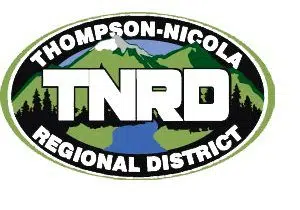
Salmon are making good progress migrating past the site of a landslide on the Fraser River that decimated runs last year, according to government officials.
Michael Crowe, the manager of biological programs for the Big Bar landslide response, says by blasting rocks and creating alternate passageways, crews have done everything they can to ensure fish face only minimal delays.
There were some delays through the Fraser River this year because of spring and summer river flows that were too powerful for natural migration, leading to lower than anticipated returns among Sockeye Salmon.
However, Crowe says once the flows dropped below about 5,500 cubic metres per second, returning fish were able to continue their migration upstream.
The fish that reach the Big Bar landslide site will have taken several routes past the obstruction, including migrating on their own or swimming into a fish cannon.
Fisheries Minister Bernadette Jordan told a Commons committee in June that the volume of the slide discovered last year was equivalent to a building 33 storeys high by 17 storeys wide.
According to DFO’s August 25 Fraser River Sockeye Update Aug. 25, in the past two weeks about 103,166 chinook and sockeye swam past the slide area, with 8,238 salmon having used the Whooshh Passage Portal.
In several spawning tributaries, the number of sockeye ranged from zero to just 14, however, the upper Chilliwack River was the exception where an estimated 24,233 fish have entered the river as of August 18.
The total return of Fraser sockeye this year is estimated to be only 279,700.
– With files from the Canadian Press















